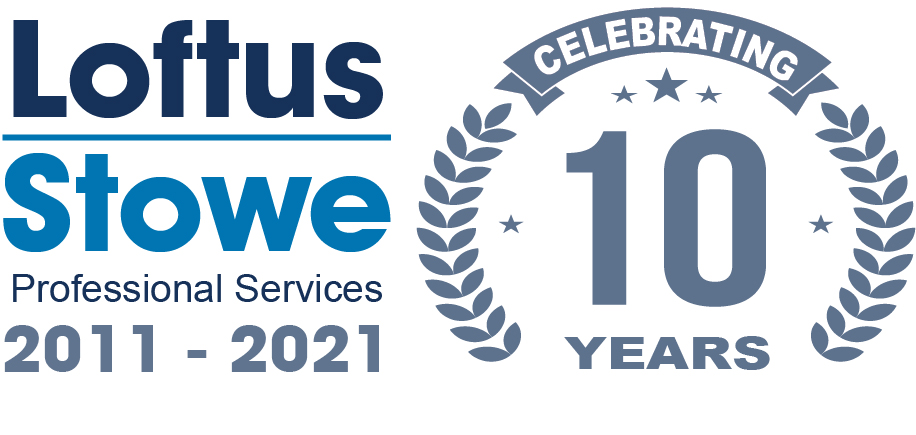Shares in AstraZeneca (LSE: AZN) andGlaxoSmithKline (LSE: GSK) have gone nowhere this year. Over the past 12months, Glaxos shares have gained only 0.25% and Astra has racked up only a slightly more impressive performance. Itsshares have returned 1.5% year-to-date. Both of these figures are excluding dividends.
Will 2016 be a better year for these two pharma giants? Well, it looks as if it could be more of the same for year ahead, although Glaxo is better positioned than Astra to stage a comeback.
A return to growth
You see, Glaxos management expects the company to return to growthin 2016,while Astras goal is to return to growthby 2017. So, Astras earnings are on track to fall again next year, which doesnt really suggest that the companys shares will outperform those of its larger peer. In fact, City analysts expect Astras earnings per share to decline 6% next year to 265.2p, before pushing higher during 2017. On the other hand,Glaxos revenue is expected to grow at a compound annual growth rate of low-to-mid single digits over the five years from 2016 to 2020.
Over the same period, core earnings per share are expected to expand at a rate in the mid-to-high single digits. Admittedly, a large part of Glaxos earnings growth will come from cost savings. The group is on track to achieve annualised cost savings of 3bn by the end of 2017, which should de-risk some growth and help the company maintain its dividend payout at 80p per share for each of the next three years. City analysts seem to agree with Glaxos management. Analysts forecasts suggest that Glaxos earnings per share are set to increase by 11% next year, after falling 20% for 2015.
A setback
Astras treatment pipeline is expected to return the group to growth by 2017. That said, the group has recently suffered a setback after the FDA demanded that the company provide more data for SaxaDapa, a diabetes pill that analysts were expecting to produce sales of $1bn per annum for the group.
The FDAs demands mean that SaxaDapa wont be available for sale in the US for another 12-to-18 months. Still, Astra has more than 200 treatments under development, so the company isnt out of options just yet. But a return to growth could now take longer than expected.
A cheaper pick
So, Glaxo is set to report steady earnings growth next year while Astra struggles.Also, Glaxos shares are cheaper than those of Astra based on current City earnings forecasts.
Specifically, Glaxo currently trades at a 2016 P/E of 15.8 and yields 5.8% while Astra yields 4.2% and trades at a 2016 P/E of 16.5.
The bottom line
Overall, a high-single-digit dividend yield and return to growth next year should help Glaxo crush Astra during 2016. If you’re going to pick just one pharma stock for 2016, Glaxo could be the one.
If you’re not interested in Glaxo, or you already own the stock, there’s one company ouranalysts here at The Motley Fool believe could revolutionise your portfolio’s returns.
The company in question hasalready delivered a powerful return for investors over the years, and our analysts believe thecompany’s growth is only just getting started.
All is revealed in ourbrand new free report.
Click hereto check out the report – it’s completely free and comeswith nofurther obligation.
Rupert Hargreaves owns shares of GlaxoSmithKline. The Motley Fool UK has recommended AstraZeneca and GlaxoSmithKline. We Fools don’t all hold the same opinions, but we all believe that considering a diverse range of insights makes us better investors.





